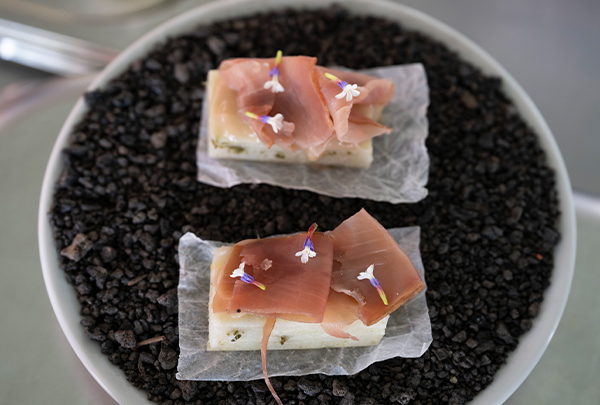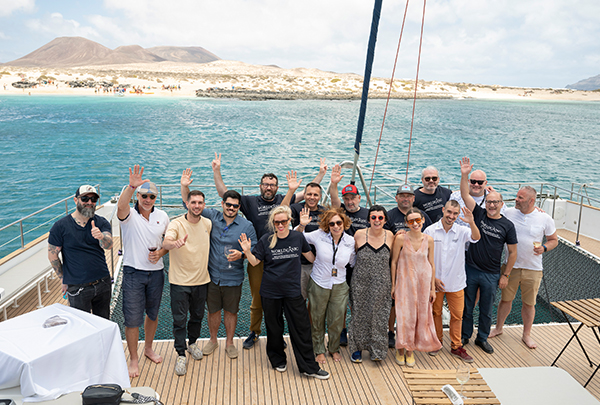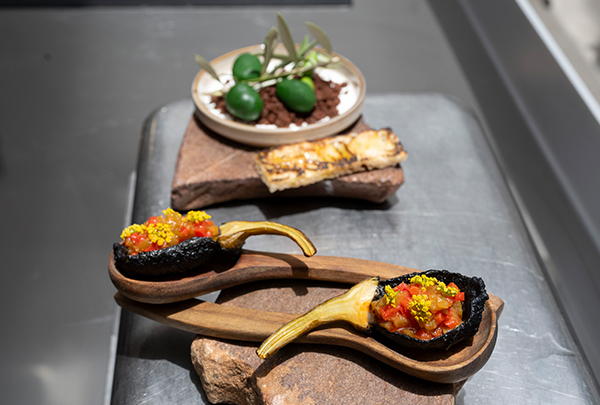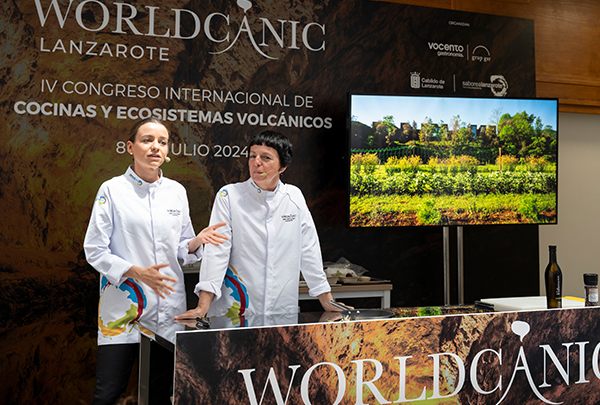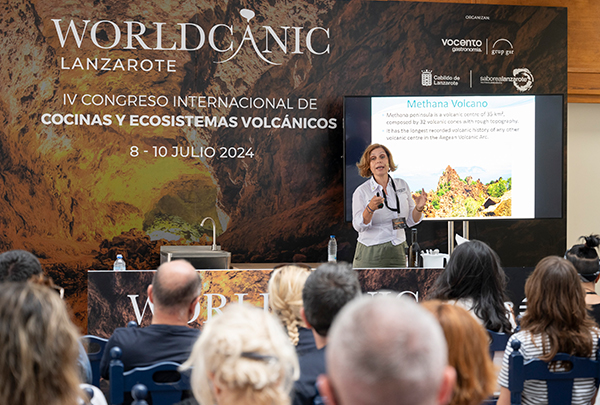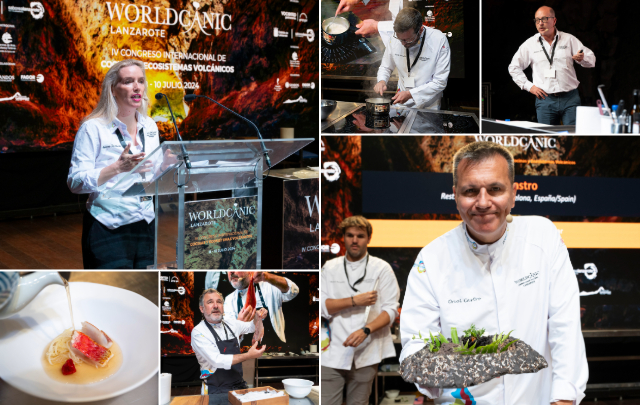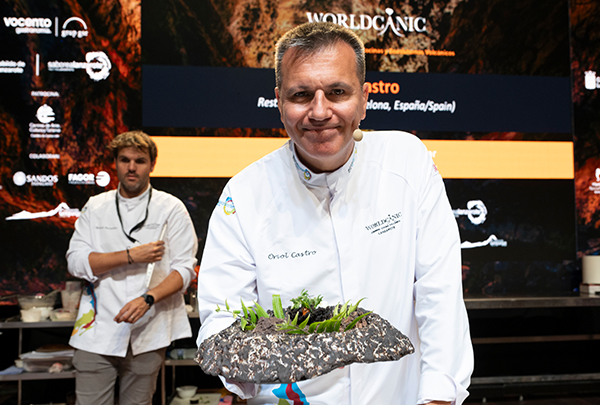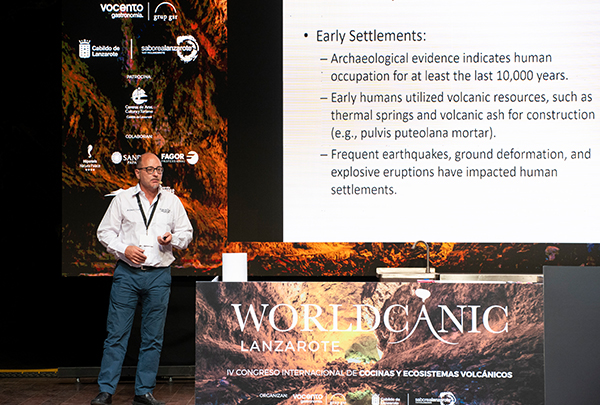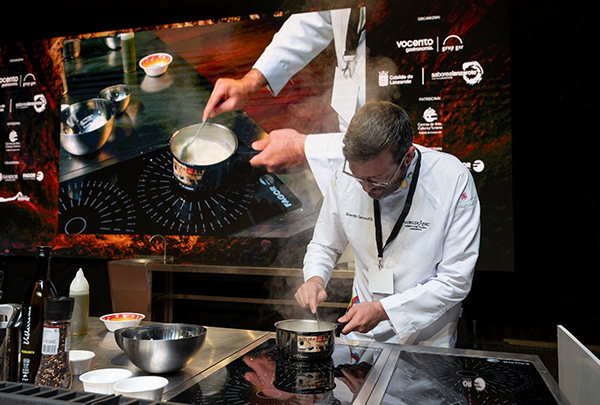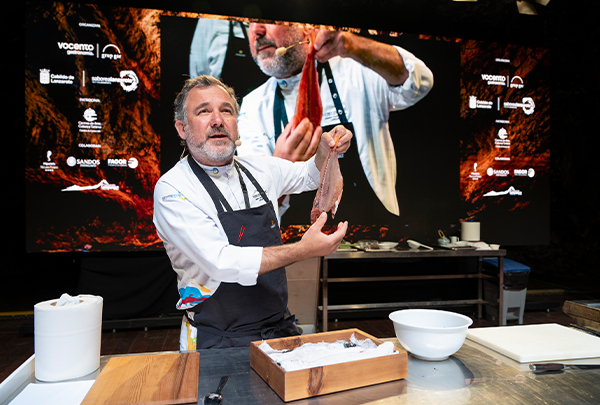News
The gastronomic potential of volcanic herbs
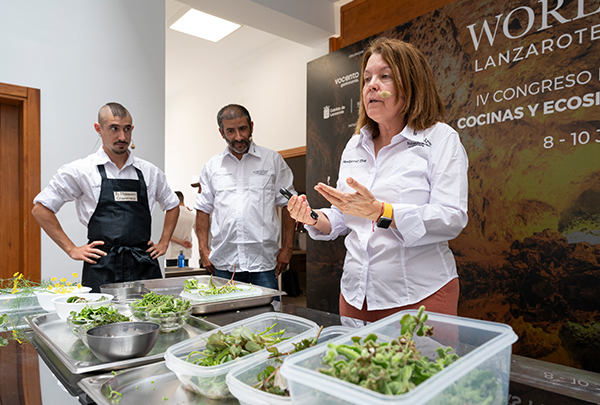
The exceptional characteristics of volcanic soils make it possible for even the most modest natural resources to grow. This is the case of what are mistakenly called "weeds", which are not bad at all, "we just don't know their potential and if we study them in depth, they can go from being bad weeds to being good weeds", warned Kike Gallardo, biologist and chef in charge of the El Herbario Comestible project, who took part in a round table discussion on the role of wild gastronomic herbs in cooking.
Gallardo shared the discussion with Juan Carlos Godoy, technician at the Biosphere Reserve Office of the Cabildo of Lanzarote, and Montserrat Rodríguez Mesa, biologist at the Lanzarote Geopark. The latter has been in charge of detailing the formation of the island, a necessary prelude to understanding why Lanzarote's soil is so prized.
Lanzarote emerged from the sea about 15 million years ago. The first part to emerge was what is now the south of the island, then there was an upwelling in the north, and later eruptions connected the northern and southern parts of the island. It is this central part of the island that we are interested in because, after the eruption of Timanfaya, "these soils became those formed by rofe, very rich in potassium, which has multiple benefits for the vegetables and legumes grown there, as well as for the vineyards", explains the biologist.
Not only rofe, but also jable, which is abundant on Lanzarote and is also the result of the island's volcanic activity, reduces water evaporation and facilitates filtration, two essential characteristics on an island with low rainfall. These characteristics benefit a series of plants, both indigenous and exotic (imported by man), which are part of the island's landscape and are increasingly becoming part of the island's cuisine. Juan Cazorla and Kike Gallardo have illustrated these wild plants. The Cabildo technician listed the island's herbarium, mentioning the barrilla (glacial ficus), which was widely used in the past; the purslane, rich in omega-3; the lechuguilla, very similar to the thistle; the quemón, whose pods taste like mustard with a spicy touch; the tunera, a truly versatile plant; or the vinagreras, with their sour and vinegary taste.
Kike Gallardo encouraged chefs to "get to know them and use them in their dishes, not only to make better use of natural resources but also to raise awareness of the environment", as he does with El Herbario Comestible, a project aimed at promoting the botanical world.

